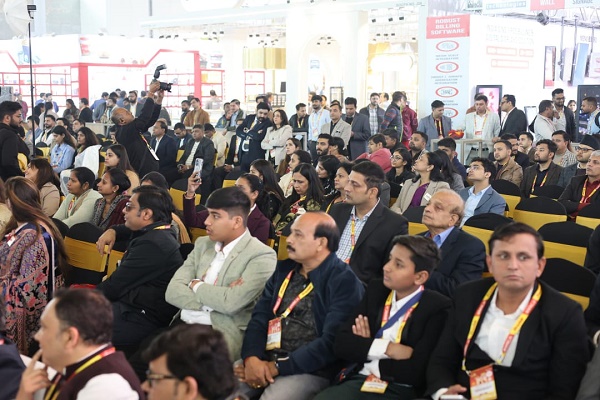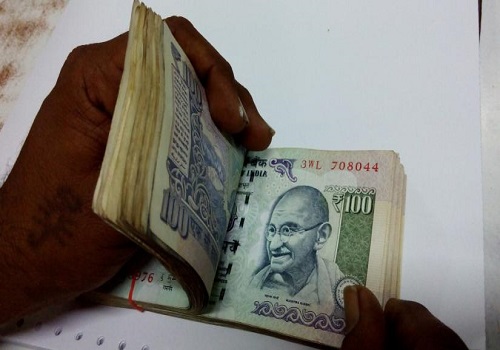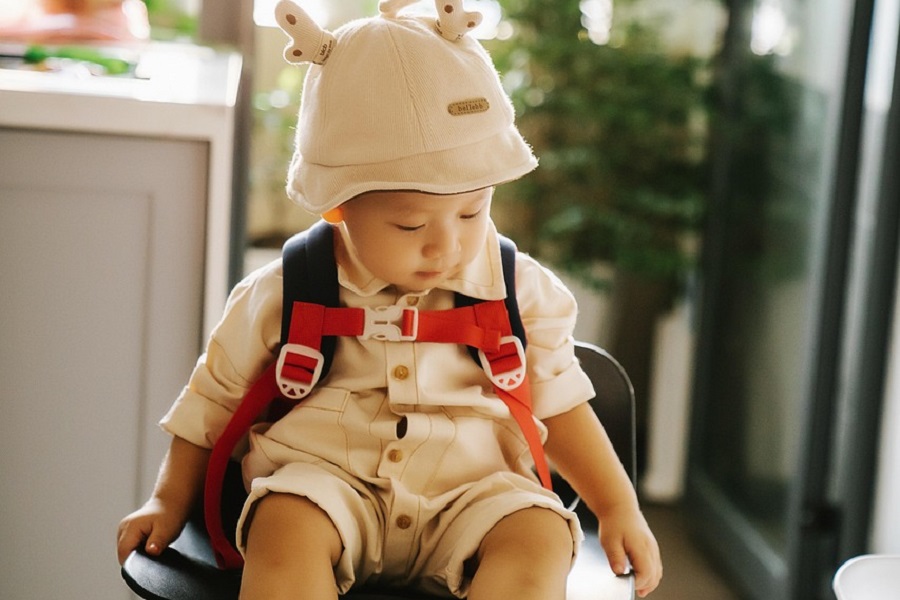Upcycling and Customizing Clothes: A Creative Approach to Sustainable Fashion

Fashion has always been a form of self-expression, but in today’s world, it’s also about making mindful choices. With the rise of fast fashion, we’ve seen an increase in waste and environmental impact. One of the most innovative ways to combat this is through upcycling and customizing clothes. Not only does this approach give old garments a new life, but it also allows individuals to express their creativity and style in unique ways.
What is Upcycling in Fashion?
Upcycling is the process of transforming old, unused, or discarded items into new products of higher quality or value. In the world of fashion, upcycling refers to taking old clothes that may no longer be wearable or are out of style and giving them a new purpose. It could involve turning a worn-out pair of jeans into a trendy pair of shorts, adding patches to a plain jacket, or even redesigning a vintage dress to fit modern tastes.
Upcycling is more sustainable than buying new clothes because it prevents textiles from ending up in landfills, reduces the demand for raw materials, and minimizes the carbon footprint associated with manufacturing.
Why Customize Clothes?
Customizing clothes takes upcycling a step further, allowing individuals to put their personal stamp on garments. It’s about making something unique that matches one’s style, making use of old clothes in a way that is both practical and fashionable. Customization can include adding embroidery, fabric paint, patches, or even transforming the structure of a piece by altering its cut and fit.
How to Start Upcycling and Customizing Clothes
Gather Materials:
Before you start upcycling, gather the materials you need. You don’t need fancy tools—basic supplies like fabric scissors, sewing needles, thread, fabric paint, and old clothes are enough to get you started. If you’re feeling adventurous, try using additional items like beads, buttons, and old jewelry to enhance your designs.
Start Small:
If you’re new to upcycling, begin with simple projects. Start with a basic item, like a plain t-shirt or a pair of jeans, and try adding small details like patches or embroidered designs. You can also experiment with fabric dyeing techniques to give old clothes a new color or texture.
Create Custom Designs:
Think about the kind of style you want to create. You can opt for a boho-chic vibe by adding embroidery or vintage-inspired patches, or go for a modern, edgy look with custom graphic designs or studs. The beauty of upcycling and customizing is that there are no rules—just let your creativity guide you.
Upcycle with Functionality in Mind:
Upcycling isn’t just about aesthetics; it’s also about making your clothes more functional. For instance, if your old jeans are no longer comfortable or stylish, consider turning them into a trendy pair of shorts, or if you have a worn-out sweater, try transforming it into a cozy pillow cover.
Sew and Alter:
If you have basic sewing skills, altering the structure of an old garment can completely transform its look. You can make a dress shorter, turn a long-sleeve shirt into a tank top, or add a ruffle to a skirt. Don’t be afraid to experiment and try different combinations of alterations.
Add Personal Touches:
Adding personal touches, like hand-painted designs, embroidered initials, or customized graphics, can make your upcycled clothing one-of-a-kind. This is a great way to infuse your personality into your wardrobe while being environmentally conscious.
Benefits of Upcycling and Customizing Clothes
Environmental Impact:
By upcycling clothes, you’re helping to reduce waste and minimize the carbon footprint associated with the production of new garments. It’s a great way to practice sustainable fashion and contribute to reducing textile waste.
Unique Fashion:
When you customize your clothes, you’re guaranteed to have a wardrobe that’s different from everyone else’s. No one else will have the same one-of-a-kind piece, making your style truly unique.
Cost-Effective:
Upcycling is often more affordable than buying brand-new clothes. You can breathe new life into old clothes without breaking the bank, which is especially important in today’s economy.
Creativity and Self-Expression:
Upcycling and customizing clothes provide a fun, creative outlet for self-expression. You can experiment with different designs and techniques to create clothing that reflects your personality and style.
Some Popular Upcycling Ideas
Distressed Jeans: Turn a pair of old jeans into trendy distressed shorts by cutting them to your desired length and adding some frayed edges.
Vintage T-Shirts: Add fabric paint or patches to old band t-shirts or plain tees to create a fresh, customized look.
Denim Jackets: Personalize a denim jacket with embroidered flowers, patches, or even painted designs to make it uniquely yours.
Tote Bags from Old Shirts: Repurpose old t-shirts or fabric scraps to create sturdy, stylish tote bags for everyday use.
Sweater to Pillow Cover: Cut up old sweaters to create cozy, unique pillow covers for your home.
Conclusion
Upcycling and customizing clothes is a fun and sustainable way to breathe new life into your wardrobe. Not only does it contribute to reducing waste, but it also gives you the chance to express your creativity and personal style in a unique way. So, the next time you feel like your clothes are outdated or no longer fit, consider upcycling them into something new and exciting. The possibilities are endless when it comes to transforming old garments into fashionable, eco-friendly pieces.























